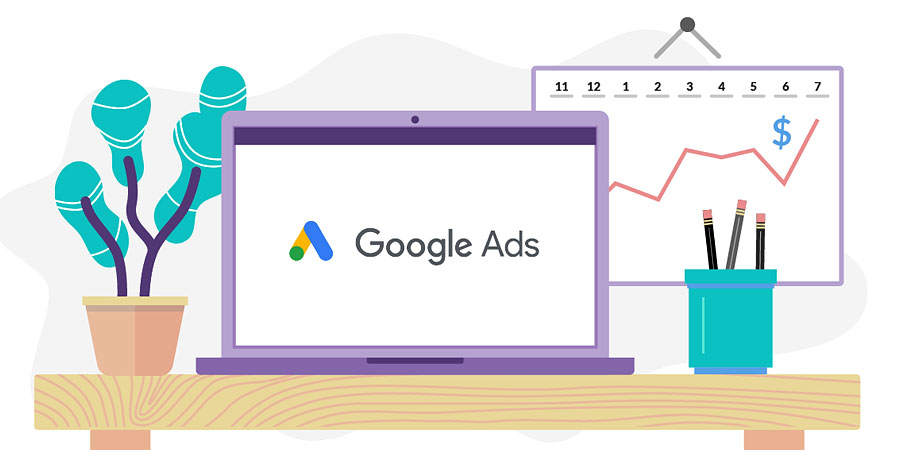
If you’re reading this, you may have made the decision to maximize your online presence by investing in Google Ads. Or, maybe you have been using Google Ads for some time but want to change them up to improve their overall performance. Let’s talk through best practices to create engaging, persuasive and reputable online advertisements.
READ: How Google Ads Can Support Business Development
The Importance of Versatile Ads
When investing in Google Ads, you want these ads to be placed in front of people that are interested in information related to your firm or association’s services. Your goal is to attract people to your website that need our help.
When creating a Google Ad, you have the ability to create multiple headlines and descriptions. Google is an intuitive machine that will then interchange your headline and description based on what someone is searching for online. The keywords that you implement into the ad content should attract people who are actually searching for information related to your services. If you have been using the same ad copy for a while, it might be time to change the headlines and descriptions to better reach your target audience through refreshed keywords and phrases.
READ: 3 SEO Boosters and How to Implement Them
Create an Engaging Landing Page
Think of the landing page associated with your online ad as the face of your organization. How do you want new website visitors to view your brand or services when they visit your website for the first time?
Tips to make your landing page engaging and effective:
- Deliver on the ads promise. Does the landing page provide information a viewer would expect to find based on the content of the ad? Make this information front and center so it can’t be missed.
- Create engaging content. Instead of the usual, printed copy on a page, turn your message into a video to better explain your services or upcoming event. Create a downloadable resource to share, or display a case study. These engaging content ideas better position your firm or association as a thought leader by displaying your expertise, and by making your message memorable.
- Make it easy to reach out. Create a contact form for website visitors to fill out if they want to get in touch. Visitors that click through your ad and land on the website are potential leads. Collect contact information to follow up with them and add them to your newsletter. This follow-through helps you stay top-of-mind when they are ready to become a client.
Ask yourselves these three questions when designing an ad landing page:
Google prefers to showcase ads with landing pages and that have these three factors: relevance and original content, transparency and navigability.
- How will a visitor navigate the page? Design your landing pages with your target audience in mind. Encourage engagement and navigation to other areas of the website.
- Are you providing clear information? Be direct and upfront with the information and services you want to highlight on each landing page.
- Is your landing page relevant to the ad? Use similar keywords and phrases on the landing page as you do in the ad. Assure visitors that your information is what they were looking for.
The Impact on Quality Score
The relevance of an ad and an engaging landing page do make an impact on your ad’s overall performance. These elements are critical to making your Google Ads a success because these elements impact the ad’s quality score. Quality score is Google’s rating system to show you how user friendly your ads, landing pages and keywords are. This rating is represented on a scale from 1 to 10, with 1 being the lowest and 10 being the highest, or best performing. If your ads have a lower quality score, they are less likely to be placed in front of people searching for services related to what you have to offer.
You can improve an ad’s quality score by creating specific landing pages for each ad you have. Meaning, don’t link to the same landing page for multiple ads. Quality score can also be improved by using relevant keywords. Just like we mentioned before, make sure your ads are relevant to the landing page you’re directing them to.
We hope you now have a grasp on how to make your ads relevant, how to make the landing page engaging and how these elements impact your ad’s overall performance. With these tips in mind, your ads and web content will encourage new visitors to engage with your firm or association, supporting your business development strategy.





